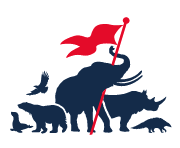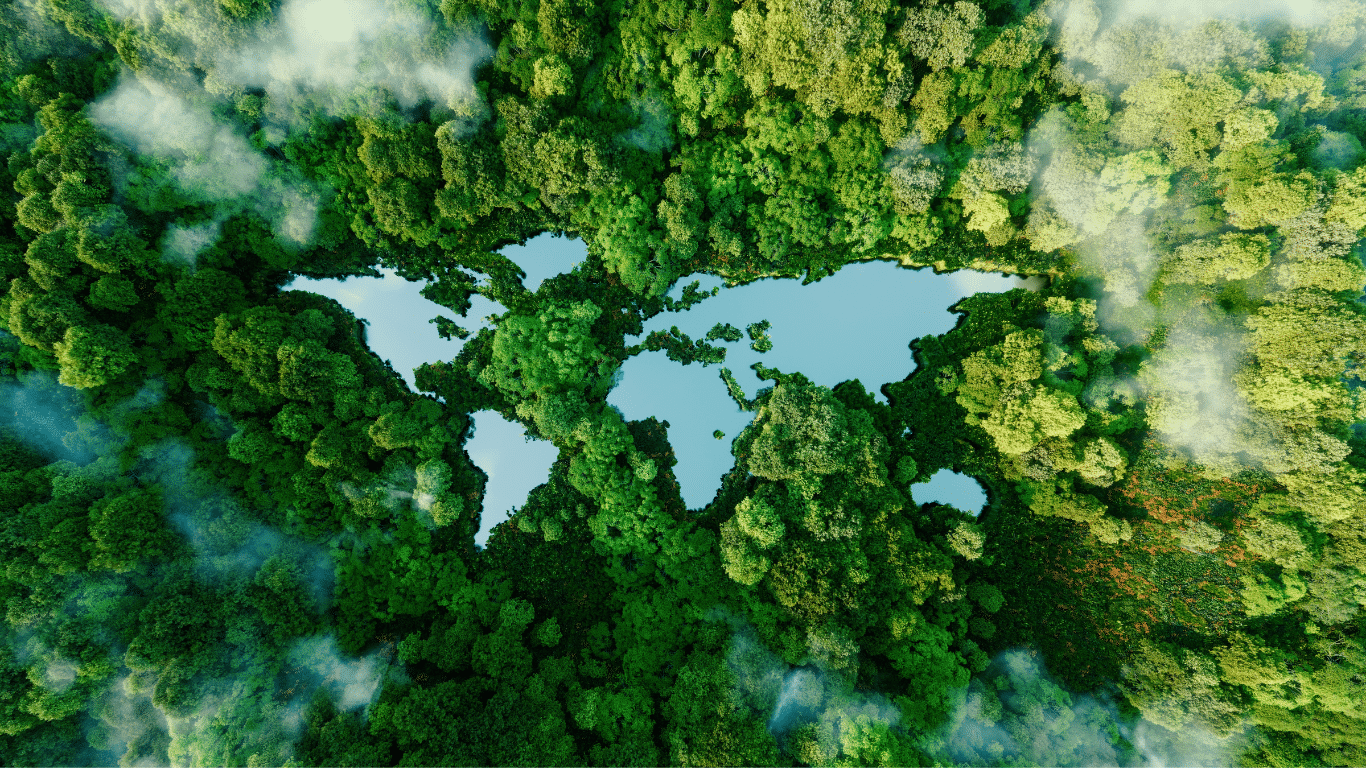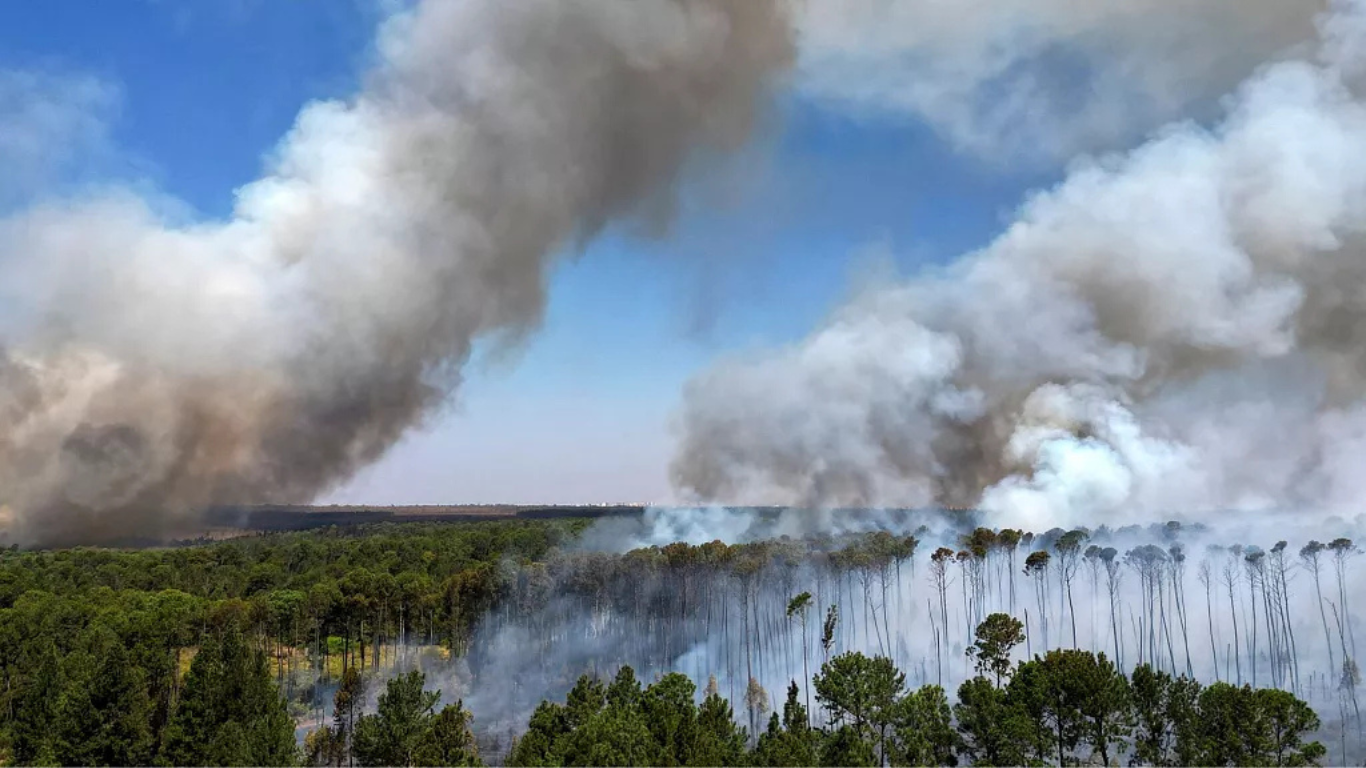Article written by Kaleigh Harrison
Originally published by Enviroment Energy Leader (Aug 16, 2024)
The "Instagram effect" has led to overcrowding and environmental damage at once-secluded beaches. For example, Thailand's Maya Bay, made famous by the film "The Beach," had to be closed to tourists in 2018 after social media popularity led to over 5,000 daily visitors, causing severe coral reef destruction and shoreline erosion.
Social media’s ability to make remote locations instantly famous has become a major threat to sensitive habitats. When stunning photos of “undiscovered” natural wonders go viral on TikTok or Instagram, they can spark an influx of visitors that overwhelms delicate ecosystems.
This phenomenon has impacted species across the globe. In China, the critically endangered blue-crowned laughingthrush has been forced to alter its nesting habits due to an onslaught of photographers seeking rare shots. Fragile orchid populations have been decimated after location data was shared online, with one newly discovered species in Vietnam driven to extinction in just six months.
Even well-intentioned nature lovers can inadvertently cause harm. Simply walking through a wildflower meadow to recreate a beautiful social media image can damage rare plants. Drones used for aerial photography frequently disturb wildlife, causing animals to flee or become aggressive.
Unethical practices for online fame
The pressure to capture attention-grabbing content has led some photographers to engage in damaging behaviors. Baiting animals with food to lure them closer for photos disrupts natural behaviors and can increase aggression. Playing recorded birdcalls to draw out rare species for pictures can leave birds vulnerable to predators or disrupt breeding.
These unethical practices stem from the intense competition for likes and followers on social media platforms. While individual photographers may see their actions as harmless, the cumulative impact on wildlife can be severe.
Balancing awareness and protection
Despite these issues, social media remains a powerful tool for raising awareness about biodiversity and conservation. Citizen science projects like the Aussie Bird Count have leveraged social platforms to engage millions in data collection.
The key is finding ways to harness this engagement while mitigating negative impacts. Conservation organizations and eco-tourism businesses can take the lead by promoting responsible photography practices. This includes educating followers about the harm of geotagging sensitive locations and the importance of maintaining distance from wildlife.
Social media platforms and nature photography groups also have a role to play. Stricter moderation policies around sharing location data for rare species and banning posts that show unethical wildlife interactions can help curb some of the worst abuses.
By working together to promote more ethical nature photography, businesses and conservationists can help ensure that our collective love of wildlife doesn’t inadvertently destroy what we’re trying to celebrate.






